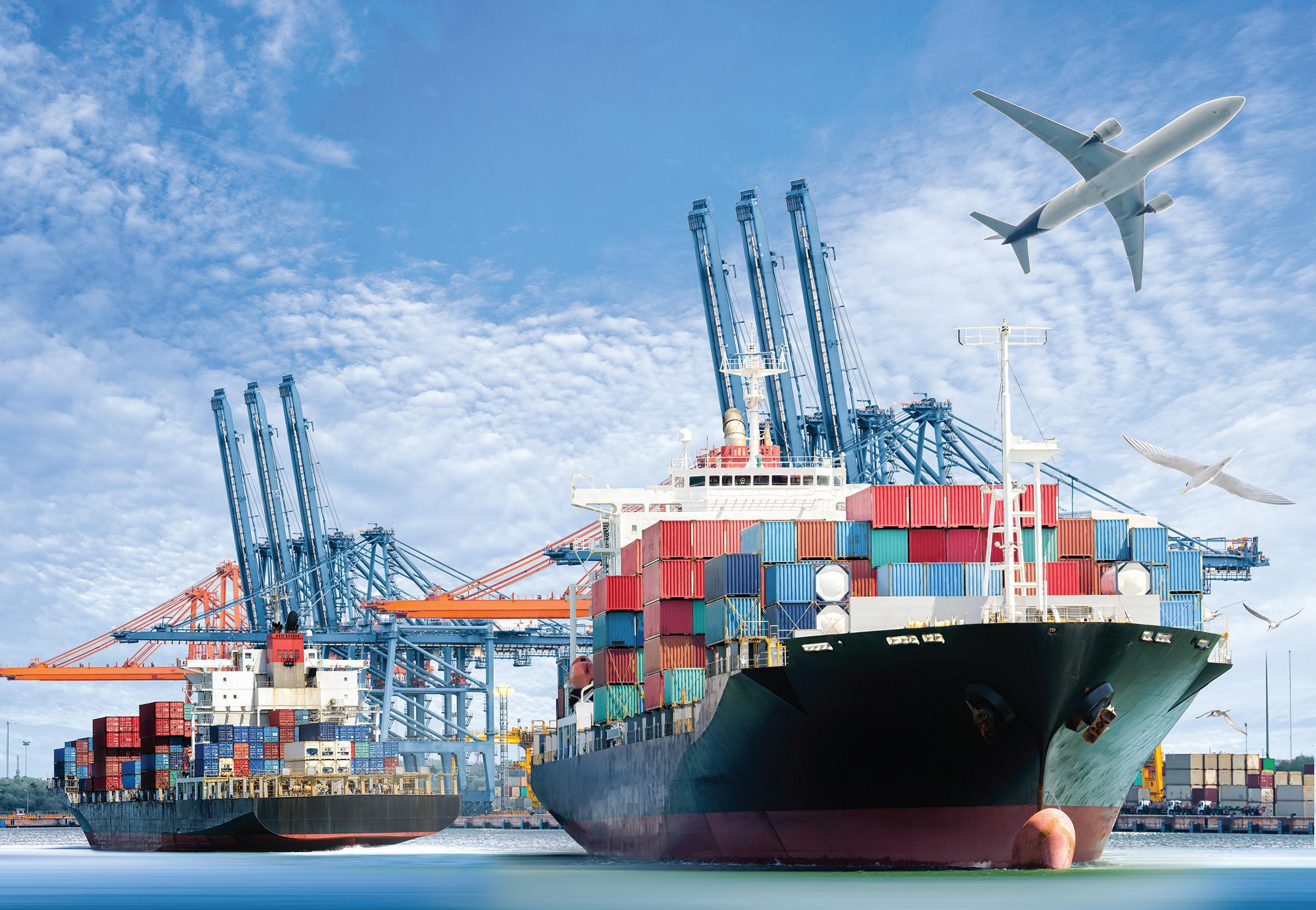PORT MANAGEMENT
Creating efficiencies in port management
O
ver the past decade — not to mention the past few COVID19-riddled months — efficient port management has increasingly become an art in and of itself. Whether it be for management of property, facilities or construction projects, tenant services, accounting and payment processing, budgeting and forecasting or even to gain energy efficiencies, the many tasks related to port management have multiplied as the maritime world moves toward digitization, industry growth, environmental sustainability and increasing government regulations. The APP recently discussed the topic of port management with Jay Rainaldi, Director, Government Solutions, Yardi Systems, to gain insights into the many factors affecting efficient operations and how solutions, such as the Yardi Ports Suite, can provide much needed assistance. APP: Jay, first, thanks for helping the Association investigate ways to assist Port Members on best practices. Could we start by identifying the trends you’ve seen in port management over the past 10 or 20 years, including how
20 — PACIFIC PORTS — August 2020
Increasing globalization, world trade and financial constraints have created a number of changes in port management in the last several years. technological advances have impacted on port staff and how has port management changed? JR: Increasing globalization, world trade and financial constraints have created a number of changes in port management in the last several years. Ports have been forced to modify their infrastructure to allow for larger ships and containers. Additionally, ports are doing everything they can to create use for older tracts of land within the port footprints that are no longer being used for their original purposes. The maritime space is required to do more, faster, and for less. In an effort to stem this tide, software providers like Yardi are developing strategic software solutions to manage ports in a central database that handles the higher management and communication demands currently facing ports around the world.
APP: Looking at the overall management of a port, what areas are most prone to inefficiencies? JR: Ports need better ways to manage billing and tracking of shipments and real estate. Increasing demands to modify port infrastructure are resulting in new, complex billing of fees and tariffs. Ports need automated ways to bill a variety of fees in many different intervals (ad hoc, hourly, daily, monthly lease). This becomes particularly important as financial demands require higher volumes and complexity of work to be done with fewer workers. Higher demand among ports has also increased competition and drives port management to be as efficient as possible. It is more important than ever that ports have highly sophisticated













